Need Webforms? Check These Google Forms Alternatives and Find What Works for You

Filling out online forms is pretty straightforward for most of us. We usually just enter values like our first name and email address without giving much thought to what’s happening in the background—whether it's a simple contact form to ask a local florist for a quote, RSVPing to an event, or answering a short survey.
But creating an online form? That’s another story. Sure, it's just a few empty fields to be filled out, but that data has to go somewhere, right?
Making a basic form that emails you the responses is pretty simple, but if you’re after something a bit more powerful—like connecting to databases, customizing how it looks, or digging deeper into the data, you might need to take a look at these options below.
Creating your own HTML form
Creating an HTML form like what I added below isn't too complicated, you'll need to learn how form elements work in HTML to collect input, but this input will have to be processed after being submitted, which requires you to learn how servers are processing input, which will change depending on the development platform you use. This is a good option if you already have a programmer in your team that can set a form up quickly.
If the know-how of creating an online form from scratch isn't a roadblock, make sure that you're aware of the security risks of this method such as Cross-Site Scripting (XSS), Cross-Site Request Forgery (CSRF), SQL injection, HTTP header injection and email injection. If you're not quite sure about security, you can look into hiring a developer who can create secure online forms for you.
Using an online form service
Google Forms
Google has a solution called Google Forms, which is free to use, is easy to create and embed, and saves data into an easily accessible - and shareable - Google sheet (which is a spreadsheet), while also displaying responses with charts.
Figuring out how to create a form on Google Forms is pretty easy, they have a few templates that can fit different situations with some pre-set questions and answer field types, which are customizable.
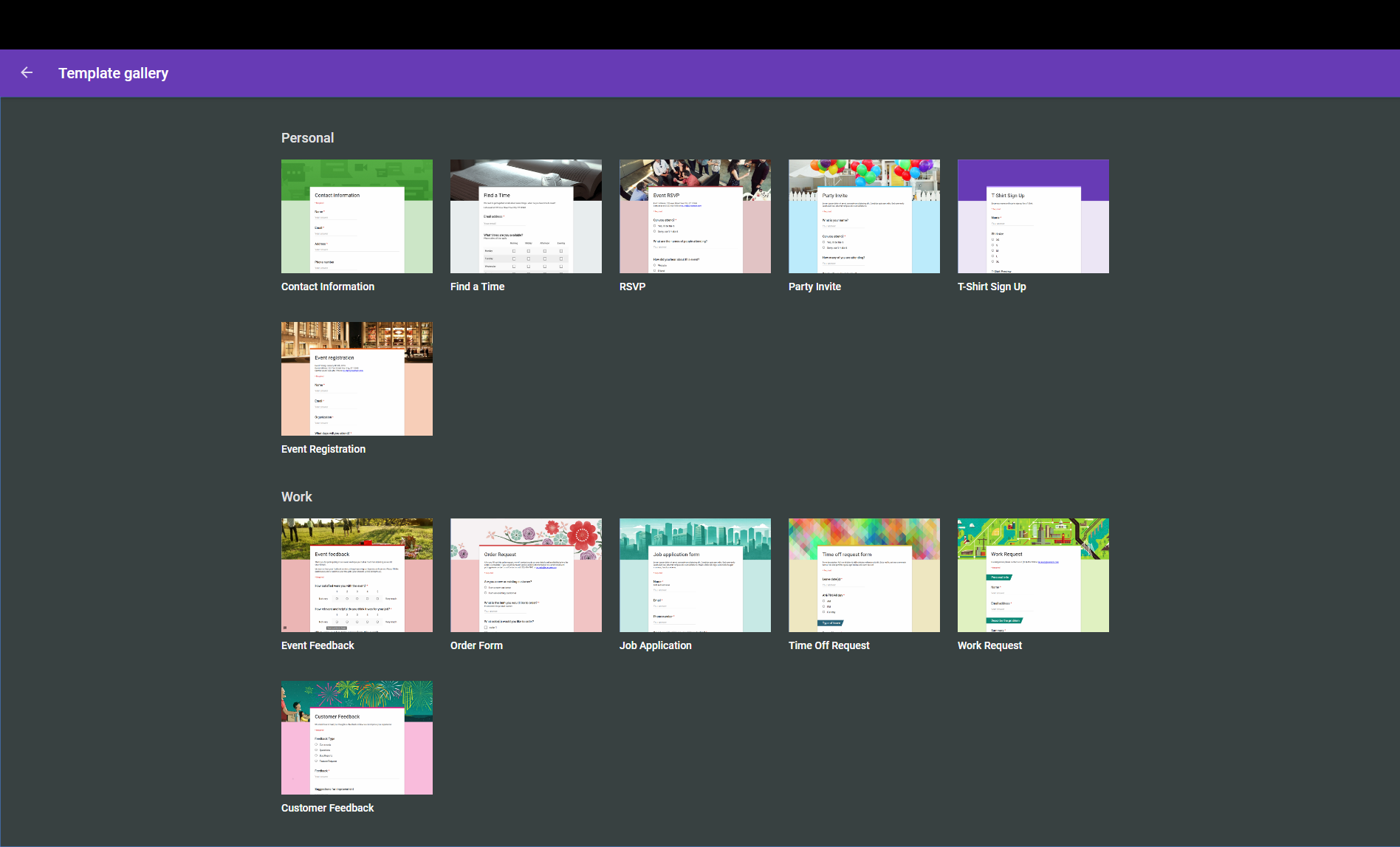
In my opinion, there aren’t a lot of field types or formatting options to customize, but Google Forms still covers the basics well.
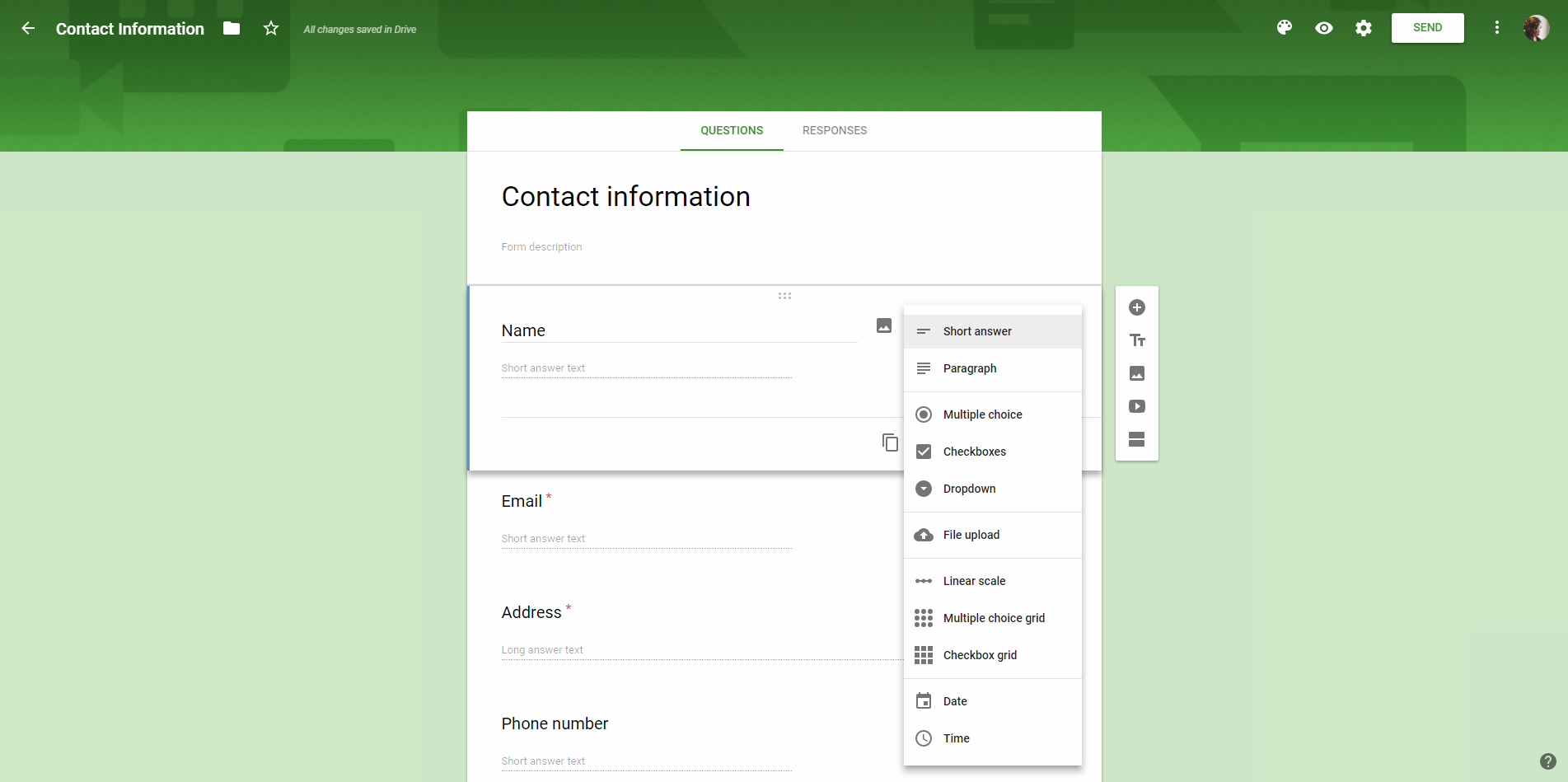
Google Forms is a great option, especially with its ready-made templates for common situations. But one downside is that the responses go straight into a spreadsheet, which can get messy fast — especially if you’re collecting longform answers.
Jotform
The reason I like Jotform is because there are TONS of templates that are available, categorized by industry and type with pre-made fields, and have customization options.
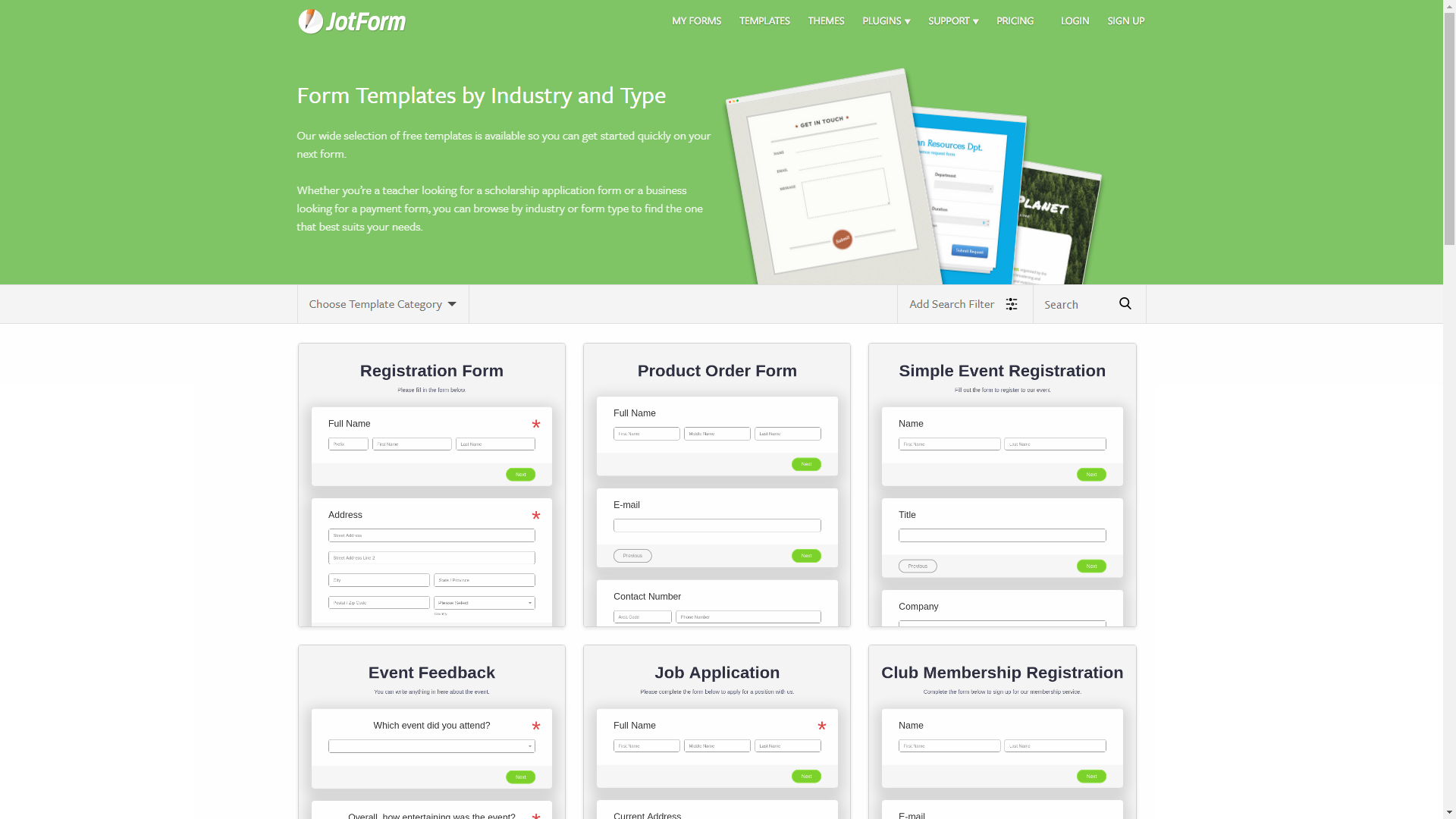
There are also many themes that affect the look & feel of the forms.
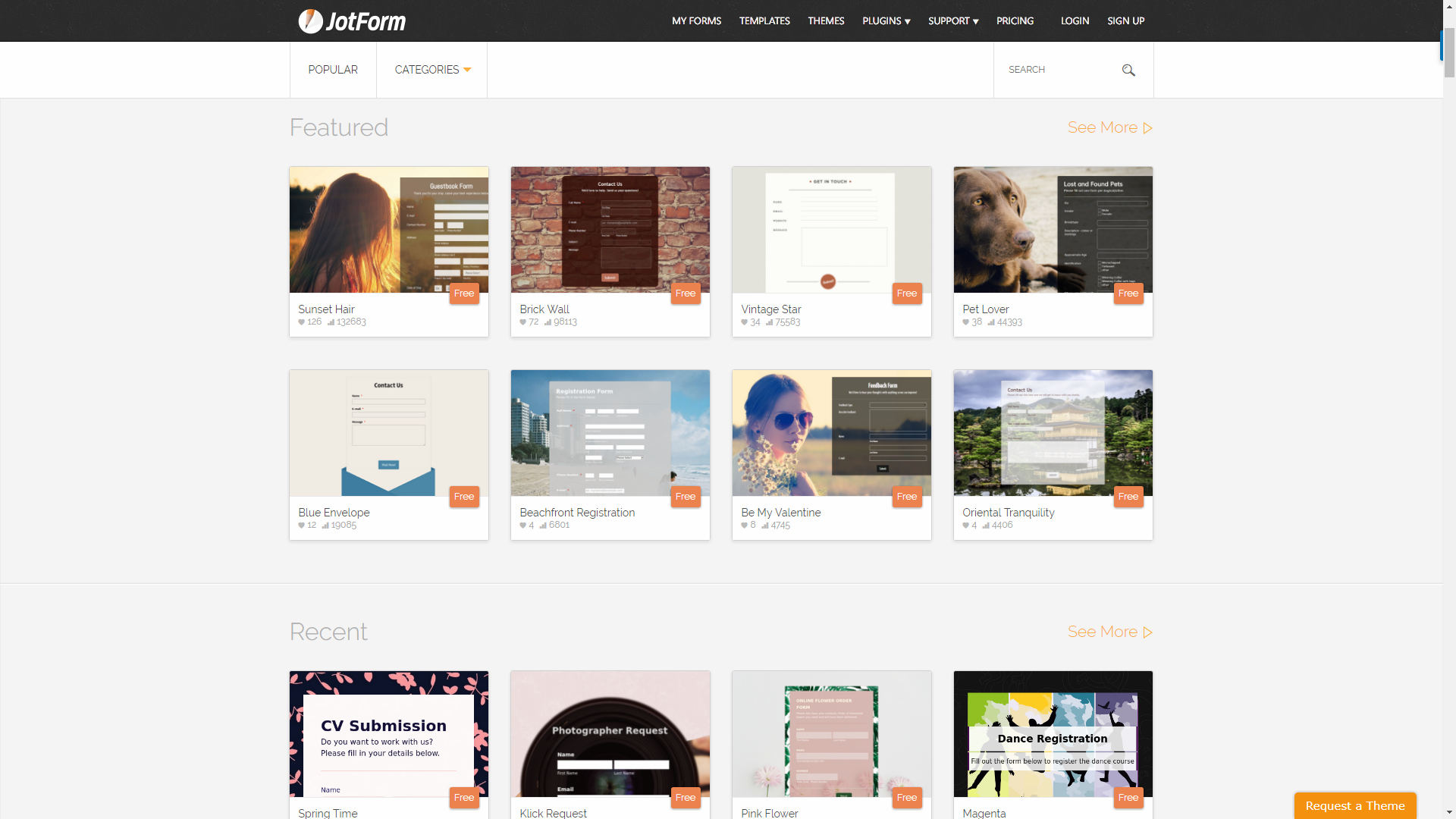
Designing forms in Jotform is quite simple and intuitive.
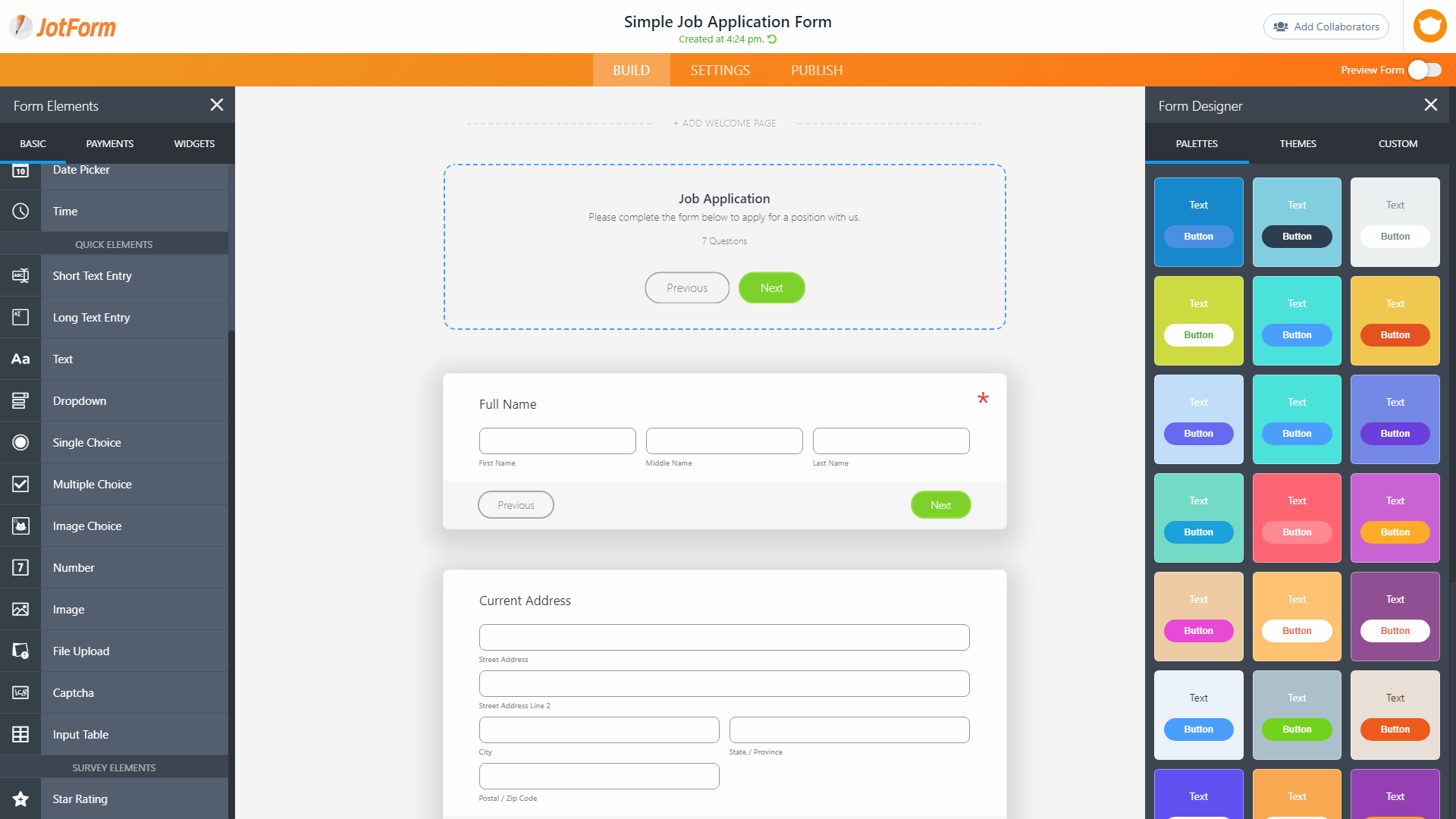
Here's the catch. A free version exists, but it only supports 5 forms, and holds only 500 total submissions along with other limitations. If form building is essential to your business then you can consider their pricing options that start from $19 a month.
Typeform
Typeform is one of my favorites – it's easy to build, and only displays one question with a quick answer to fill in at a time in a beautiful visual design, so it's not really distracting to the user. I daresay it even makes forms and surveys enjoyable to fill.
The logic for skipping certain questions according to previous answers work pretty smoothly, and the display shows how far ahead the form is being filled so it doesn't feel like an endless scrolling.
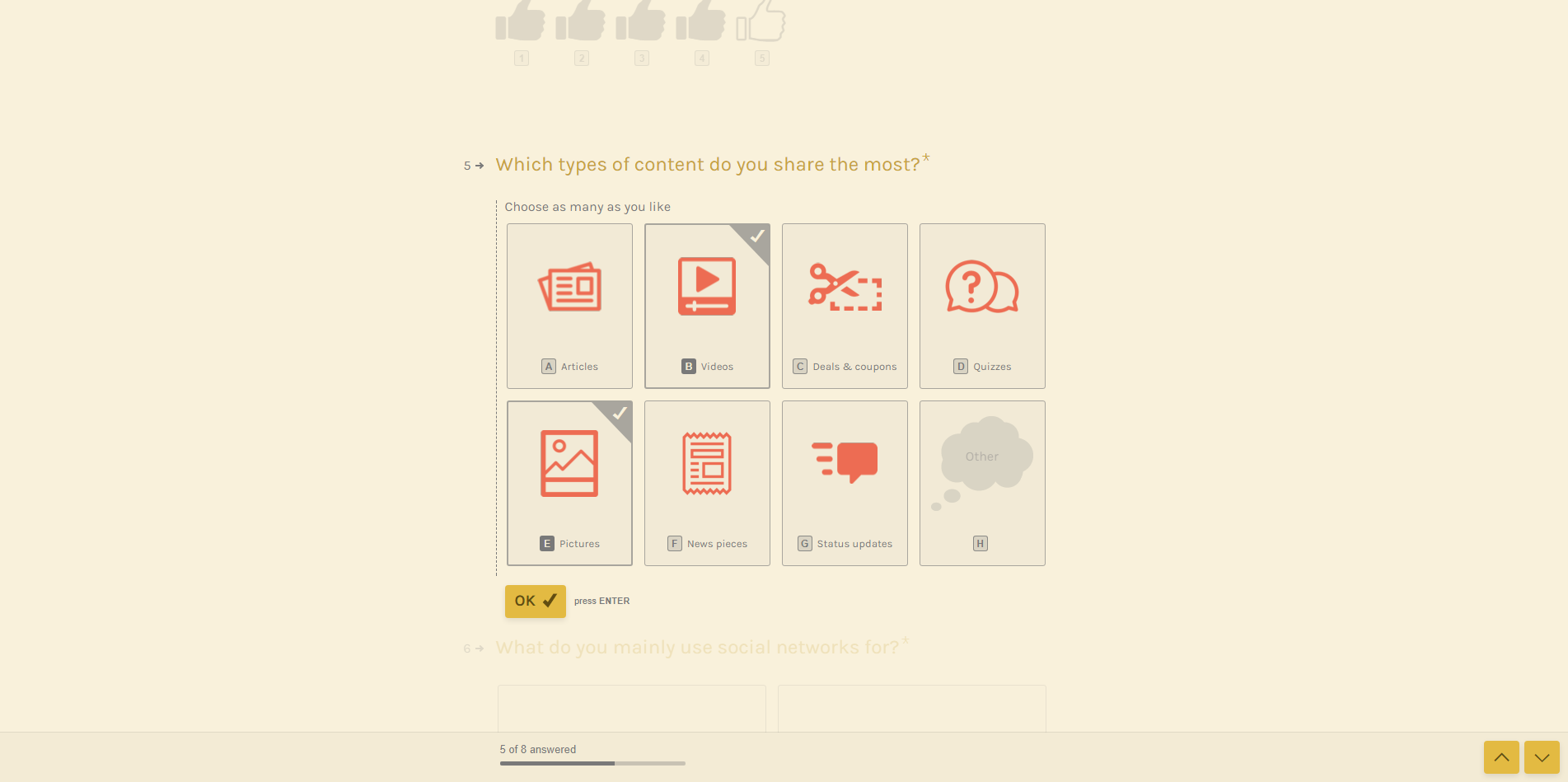
Typeform has a free version that allows 100 responses per month, with a maximum of 10 fields per form, which is a huge limitation for longer surveys. Paid options start from $30 a month.
SurveyMonkey
SurveyMonkey is a very well-known survey creation service that has gone through an overhaul lately, following the trend that Typeform has set, it has an easier interface utilizing the form templates they had previously.
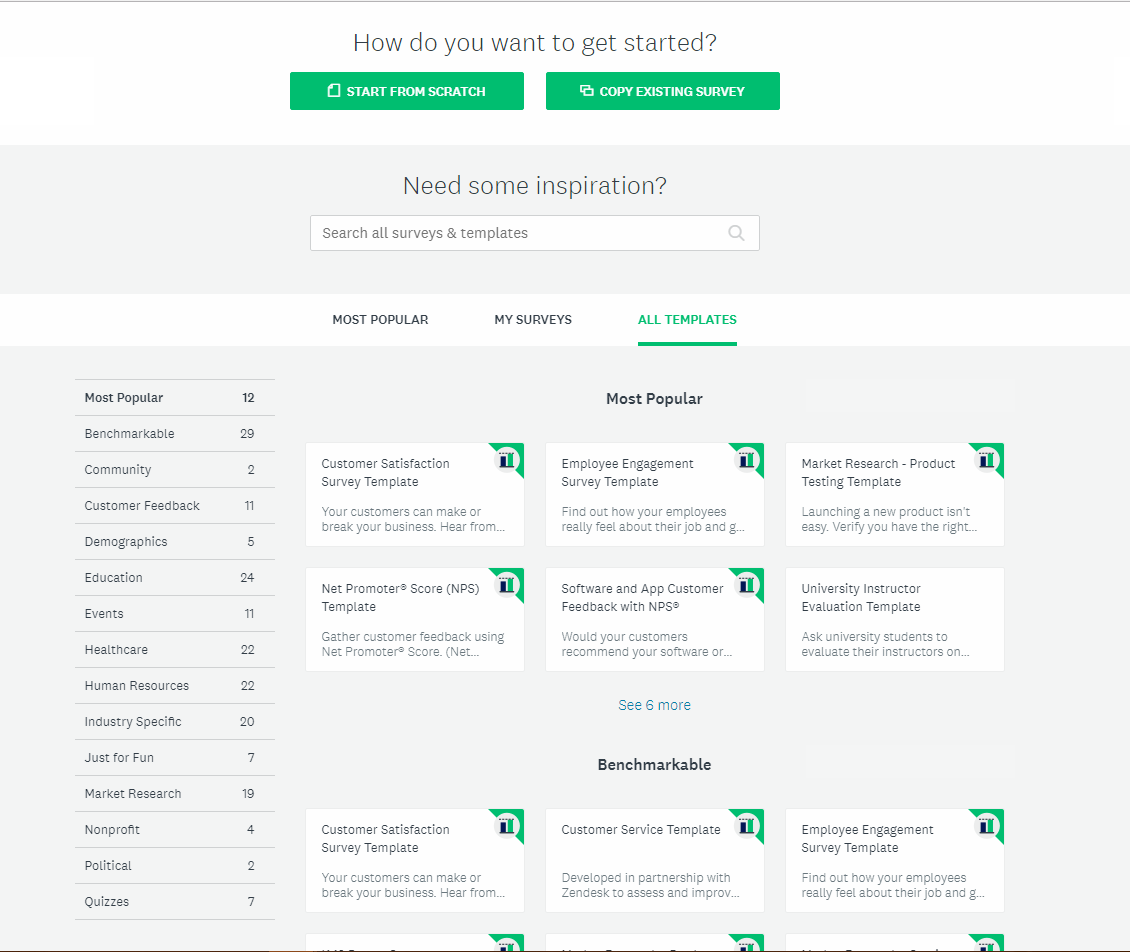
SurveyMonkey has lots of features and field types, but switching question types once they’re in the form isn’t very flexible, making form-building a bit slower.
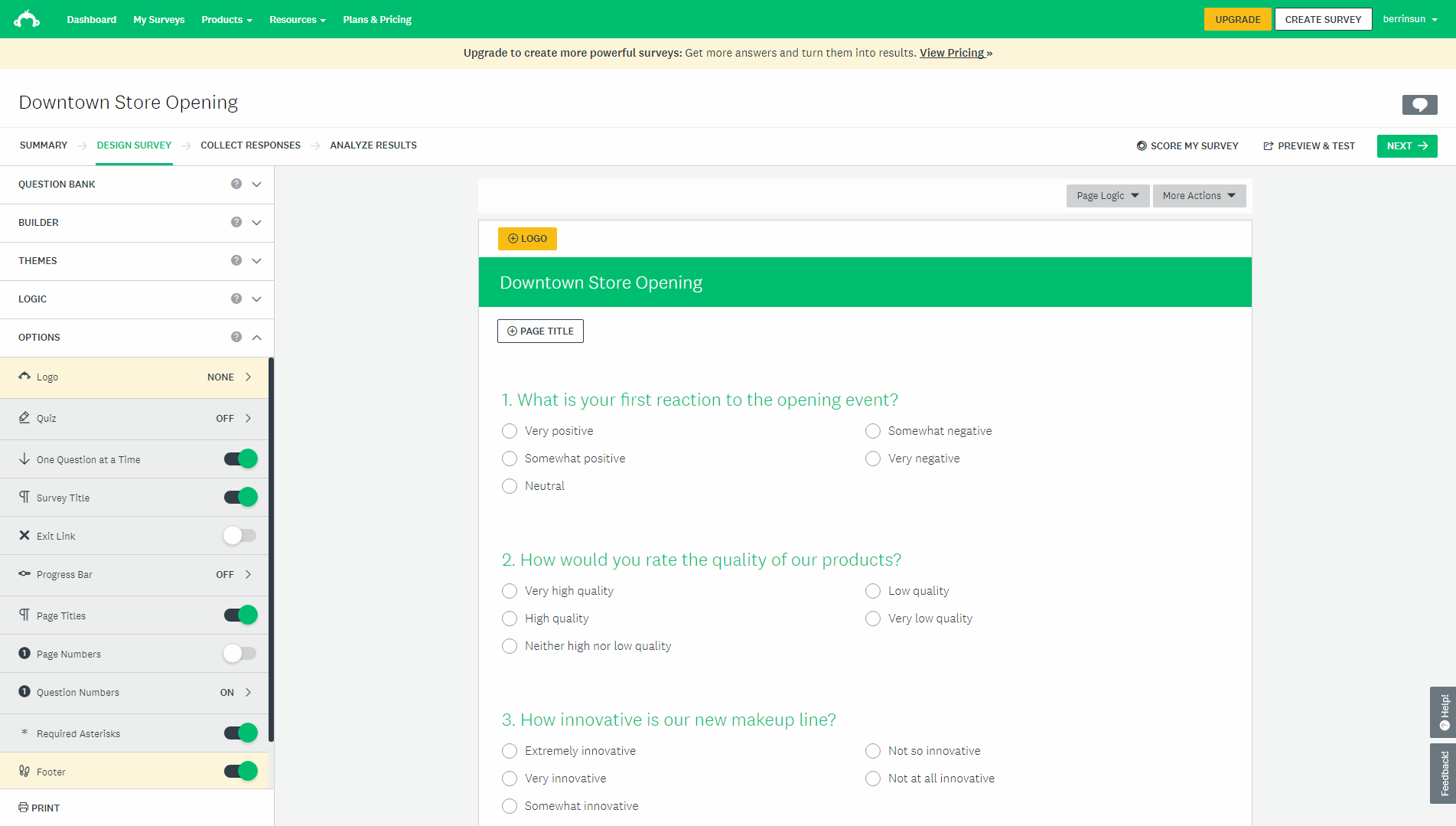
Pagination and skipping questions have always been easy with SurveyMonkey. They also offer a free plan for online forms (formerly Wufoo), which shows their branding at the end—making it a good choice if you’re on a tight budget.
After you design your surveys in SurveyMonkey, there are several methods on how to distribute the survey, and they do make it look quite clear on how these methods work.
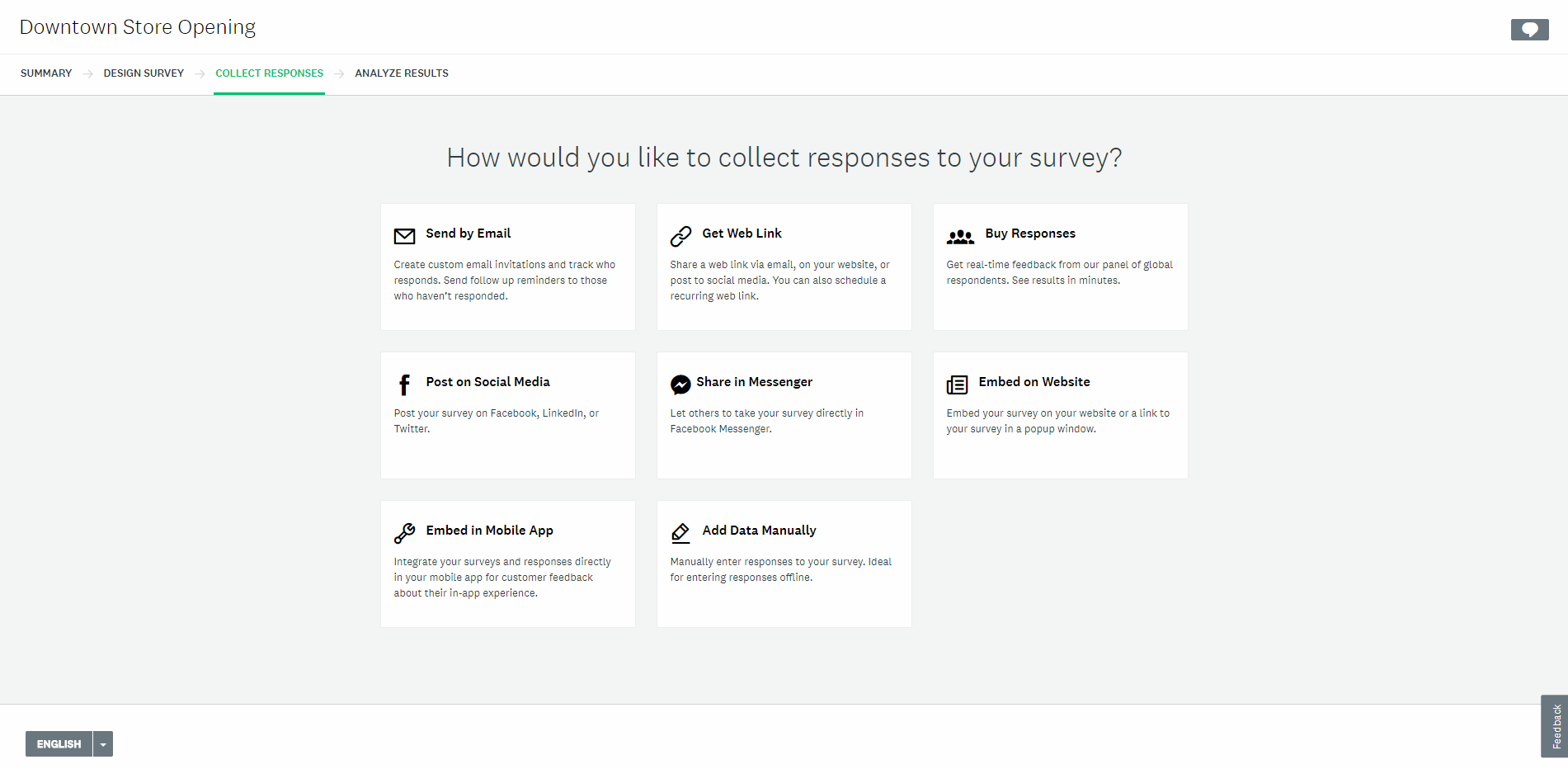
SurveyMonkey is pretty impressive in analyzing responses and displaying graphs according to your responses.
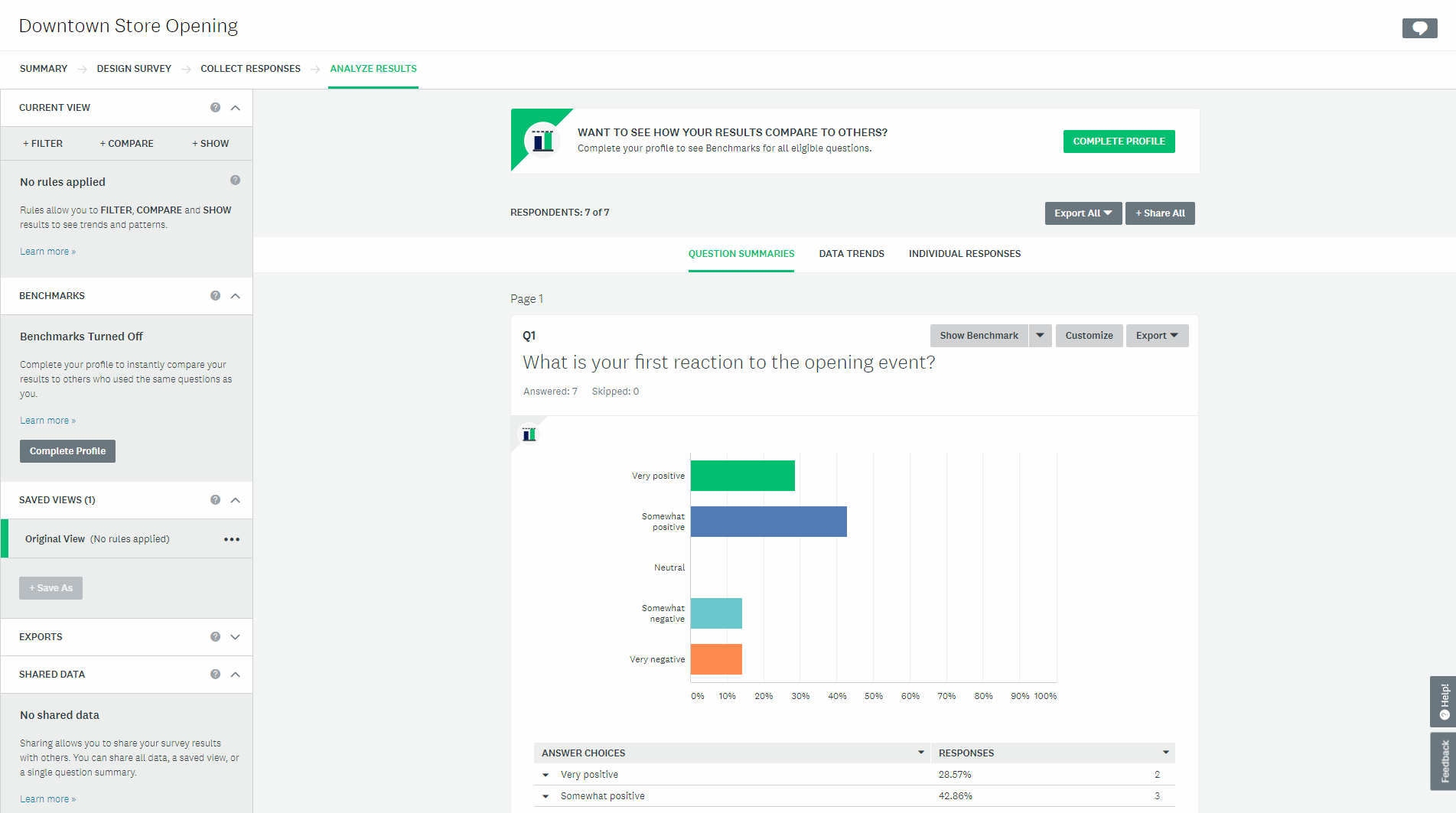
Since SurveyMonkey has been around for a while, it supports multiple languages, including Spanish, Japanese, French, and Chinese.
Ragic
There are undoubtedly tons of services that also include creating and sharing online forms along with their core service. Ragic is one of these great options, as you can gather information with a form that can be embedded in your website, and have the results stored directly in your database when saved.
My tip on creating online forms with Ragic is to create your form that have the field titles specified as clear and consistent as possible, and designate the correct field types to these fields.

If you want to see examples, Ragic has quick templates that you can use to create your online forms.
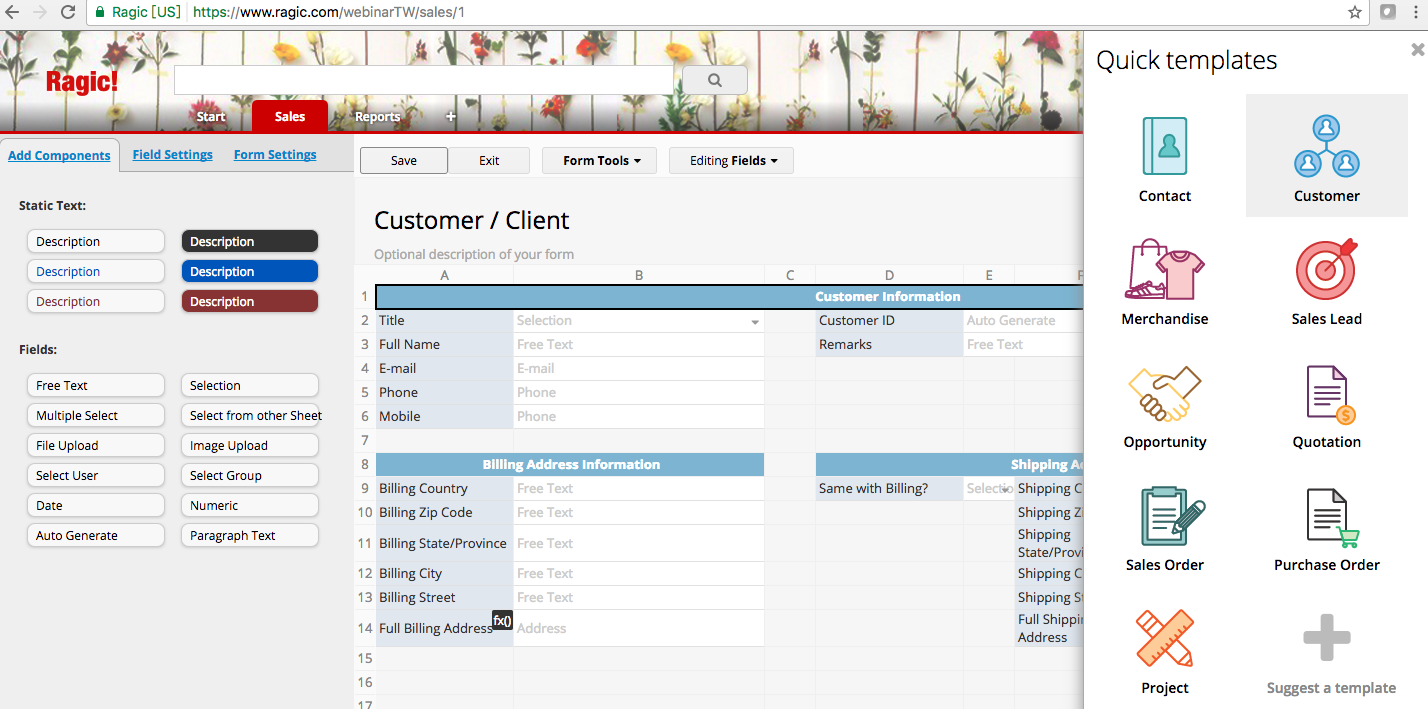
You can always switch around things by dragging & dropping fields, and adding new ones in to optimize your form without worrying about data loss instead of having to create a new one.
Once you've created your form, there are many sharing options, such as setting the form to become public to gather responses directly from the form URL, or embed the form to your website. You can also get the embed version as an HTML version if you want to share the link directly.
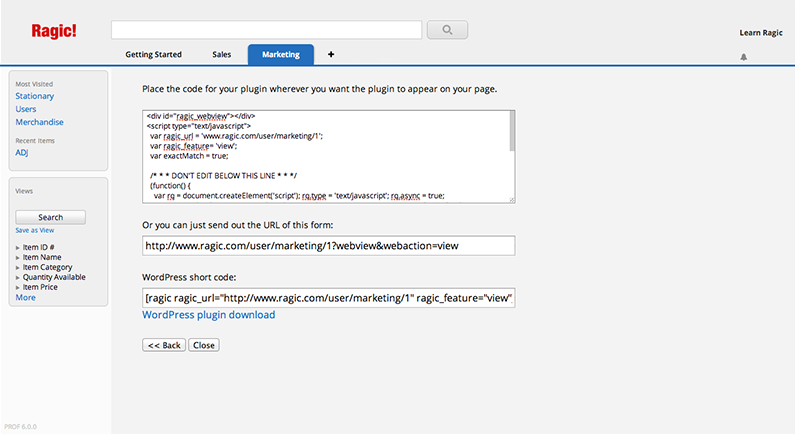
If you want to share your form in a webform style, similar to Google Forms, you can use Ragic’s Database Form option. When someone submits a response, it’s stored directly in your database. This makes it super easy to analyze the data using filters and reports. Plus, you can link this data to other parts of your database with different linking options, giving you a seamless way to manage and reference your information.

Everything that's available in Ragic can be applied to this data, so you can easily collect contact information with a sign-up sheet with an online form, and later convert this contact into a customer with a click of a button. The options are pretty endless!
Besides the awesome power of data integration you get with Ragic’s online forms, even the simple features can make a big difference — both for the people filling out your forms and for you when designing them. Here are a few cool things you might like:
1. Placeholders: Ever wonder what exactly people expect you to type in a form? Placeholders are those little gray hints inside the boxes that show an example or guide users on what to fill in. It makes things smoother for everyone.
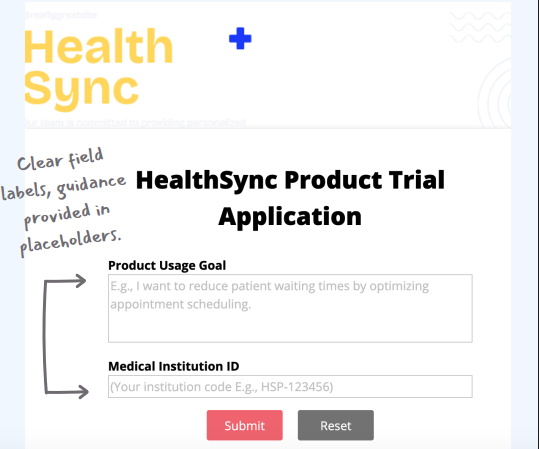
2. Field-Level Access Control: Here’s a neat one — say you’re handing out a seminar registration form. You can add a “Note” field that only you can see. Maybe it’s to remind yourself that a certain participant is a VIP or needs special attention. They won’t see this on the form, but you’ll have it right there in the entry. Handy, right? It could be done through setting up Field Level Access Rights in Ragic.
3. Make It Look Good: You can customize banners, colors, and the overall vibe of your form to match your brand or event style. It’s your form — make it look exactly how you want!
Category: Tips and Tricks > Digital Tips and Tools



